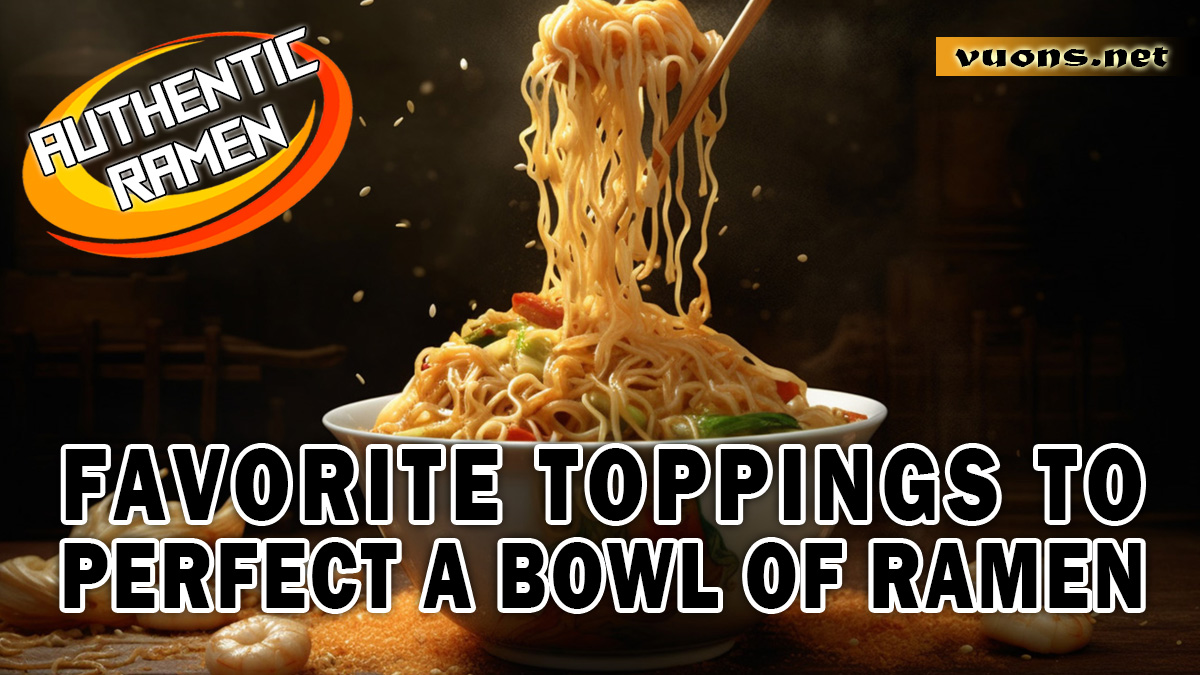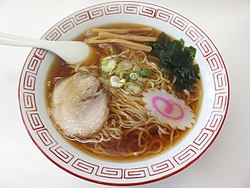Ramen: Revealing the Delights of Gravy and Toppings
A Brief History of Ramen: From Japan to the World
Ramen is one of Japan’s most global dishes, but its origins are actually influenced by Chinese cuisine. In the early 20th century, Chinese immigrants introduced wheat-based noodles to Japan. Originally known as “shina soba,” these noodles later evolved into what is now known as ramen. This dish quickly became popular in Japan, mainly because of its simplicity and delicious taste.
After World War II, ramen became increasingly popular in Japan, especially due to the abundant availability of wheat flour from the United States during the reconstruction period. That’s when ramen soup began to develop into richer variations, such as shoyu (soy sauce), miso (bean paste), and tonkotsu (pork bone). Ramen has become a symbol of Japan’s resilience, as well as the country’s social and economic transformation.
In the 1980s, ramen began to be known outside Japan, especially after the introduction of instant ramen. This product made ramen more accessible to the global public, and its popularity increased drastically. Instant ramen offers a quick way to enjoy authentic taste with minimal effort. In addition, ramen restaurants are also starting to appear in various countries, adding to their international appeal.
Today, ramen is not just a fast Food in Japan, but also part of a global culinary trend. Each country often adds a local twist to ramen, creating unique variations that enrich the world’s culinary culture. With a long and growing history, ramen has become a symbol of deliciousness that crosses national borders.
The Most Popular Types of Ramen Sauce
Ramen is known for its variety of soup types, which is the key to a delicious bowl of ramen. There are several types of soup that are most popular and popular throughout the world, each with unique characteristics.
One of the most common is shoyu, or soy sauce-based soup. This sauce has a light and slightly salty taste with a distinctive rich soy sauce aroma. Shoyu ramen is often combined with chicken or pork, resulting in a balanced savory taste.
Different from shoyu, miso ramen uses miso paste as the base of the soup. Miso provides a thicker, more complex flavor with a touch of savory and slightly sweet. Miso ramen is popular in the Hokkaido region, Japan, especially because it is suitable to be served in cold weather.
Then there is tonkotsu, a soup based on pork bone broth which is cooked for a long time to produce a thick white sauce. Tonkotsu ramen is famous for its thick soup texture and rich taste. This soup is generally served with thin noodles and chashu meat, providing a satisfying eating sensation.
Apart from that, shio or salt soup ramen offers a lighter taste than others. Even though it looks simple, this soup highlights the taste of natural ingredients such as chicken or seafood used in the broth.
These four types of soup are not only popular in Japan, but also throughout the world. Each soup presents a different eating experience, and ramen fans often have their own favorites. From light flavors to rich and thick soup, each type of ramen offers its own sensation for culinary lovers.
Best Ramen Toppings to Add Deliciousness
Toppings are an important element in a bowl of ramen that not only adds deliciousness, but also enriches the texture and taste. There are various ramen toppings that are often used to create perfect harmony between the soup, noodles and complementary ingredients.
One of the most iconic toppings is chashu, slices of pork that are slowly cooked until tender. Chashu provides a touch of savory and sweet that pairs perfectly with the gravy. Apart from that, half-boiled eggs or ajitama are also a favorite. These eggs are marinated in soy sauce so the yolk remains soft, giving it a rich taste that melts in the mouth.
Apart from protein, fresh vegetables also play an important role. Bok choy, bean sprouts and nori seaweed add fresh elements that contrast with the savory ramen broth. Bean sprouts provide a crunchy texture, while seaweed adds a subtle ocean flavor. Don’t forget, chopped spring onions which give a sharp and fresh aroma to every bite.
For those looking for a little kick of flavor, fried garlic and dried chilies are often added. This topping provides a spicy and crunchy taste that enriches the overall experience of eating ramen.
For those who want to be more adventurous, butter or cheese is sometimes added to ramen, especially Hokkaido’s miso ramen. It provides extra softness that adds deliciousness and uniqueness to a bowl of ramen.
Each topping provides a different layer of flavor and texture, making each bowl of ramen a culinary canvas that can be customized to taste. The right combination of toppings can turn a ramen experience into an extraordinary one.
The Perfect Combination of Gravy and Toppings
The key to delicious ramen lies in the harmony between the sauce and toppings. The right combination can bring an extraordinary taste sensation in every bowl. Each type of sauce has unique characteristics that can be enriched with the right choice of toppings.
For shoyu ramen, which has a soy sauce-based broth with a light and savory taste, toppings such as chashu, ajitama (half-boiled egg), and chopped spring onions are perfect. The savory flavors of the pork and egg combine perfectly with the slightly salty sauce, while the spring onions add a fresh aroma.
Miso ramen, with its thick, intensely flavored broth, is best combined with toppings like sweet corn, butter, and fried garlic. Corn and butter add richness to the rich miso sauce, while fried garlic provides a hint of heat and crunchy texture.
For fans of tonkotsu ramen, which has a thick and rich pork bone broth, simple but flavorful toppings such as pork chashu, nori and ear mushrooms are highly recommended. The nori provides a subtle sea flavor, while wood ear mushrooms add a chewy texture, creating balance with the rich tonkotsu sauce.
Meanwhile, shio ramen, which has a light salt sauce, is often combined with simpler toppings such as bean sprouts, grilled chicken and wakame seaweed. The bean sprouts add a fresh crunchy texture, while the wakame provides a subtle hint of the sea without overpowering the creaminess of the soup.
Each combination of sauce and toppings provides a different ramen eating experience, from light to intense taste, from soft to crunchy texture. By choosing toppings that match the sauce, a bowl of ramen can be perfect harmony for culinary lovers.




